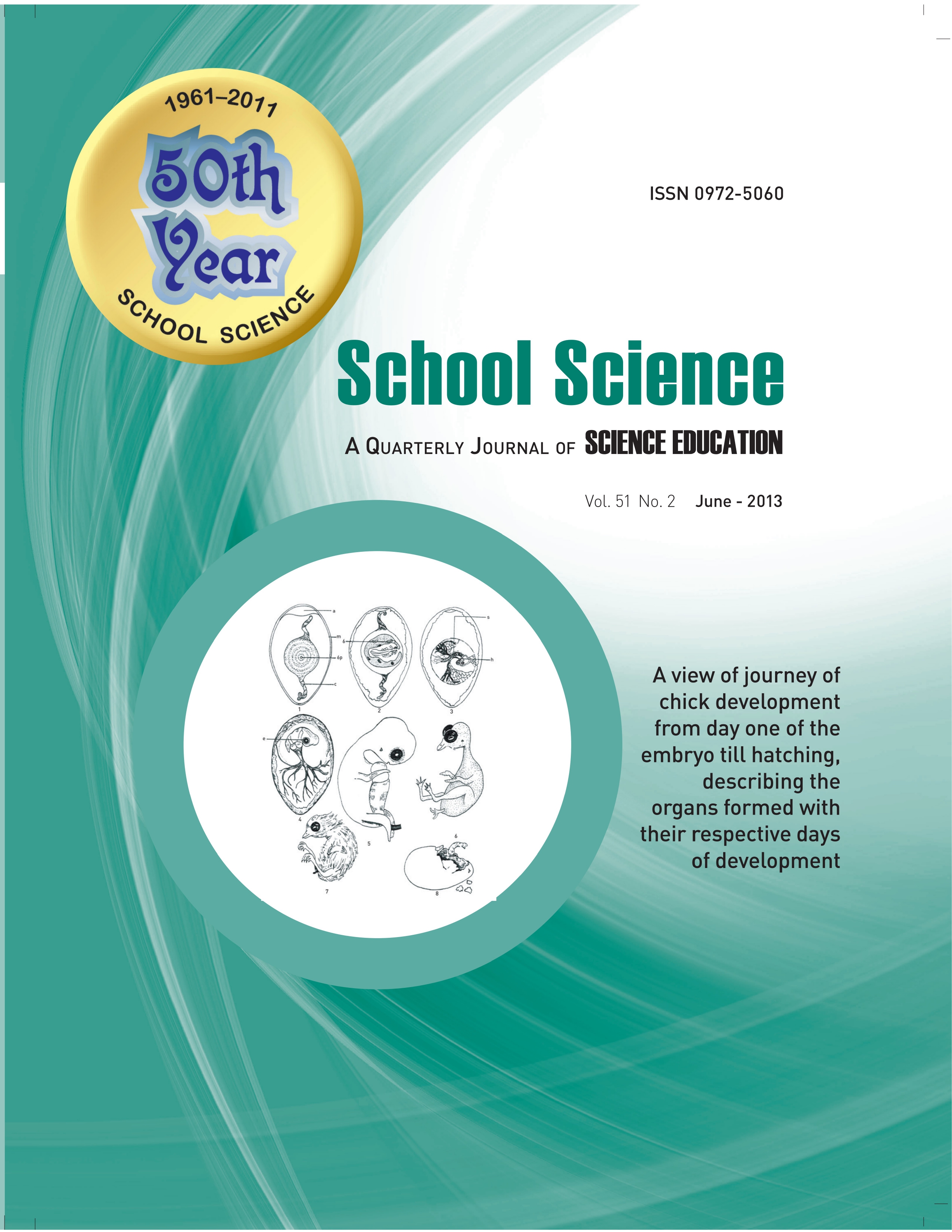
Published 2013-06-30
Keywords
- kinetic molecular motion,
- biochemical research,
- Chemical Compound
How to Cite
Abstract
Chromatography has numerous applications in biological and chemical fields. It is widely used in biochemical research for the separation and identification of chemical compounds of biological origin. Chromatography is employed to analyse complex mixtures of hydrocarbons. As a separation method, chromatography has a number of advantages over other techniques such as crystallization, solvent extraction and distillation. It is capable of separating all the components of a multi-component chemical mixture without requiring an extensive fore knowledge of the identity, number or relative amounts of the substances present. It is versatile in that it can deal with molecular species ranging in size from viruses composed of millions of atoms to the smallest of all molecules – hydrogen– which contains only two atoms. Furthermore, it can be used even with large or small amounts of material. Some forms of chromatography can detect substances present at the pictogram (10-12 gram) level, making this method a superb trace analytical technique extensively. It is used in the detection of chlorinated pesticides in biological materials and the environment, in forensic science, and in the detection of both therapeutic and abused drugs. Its resolving power is unequalled among separation methods.
